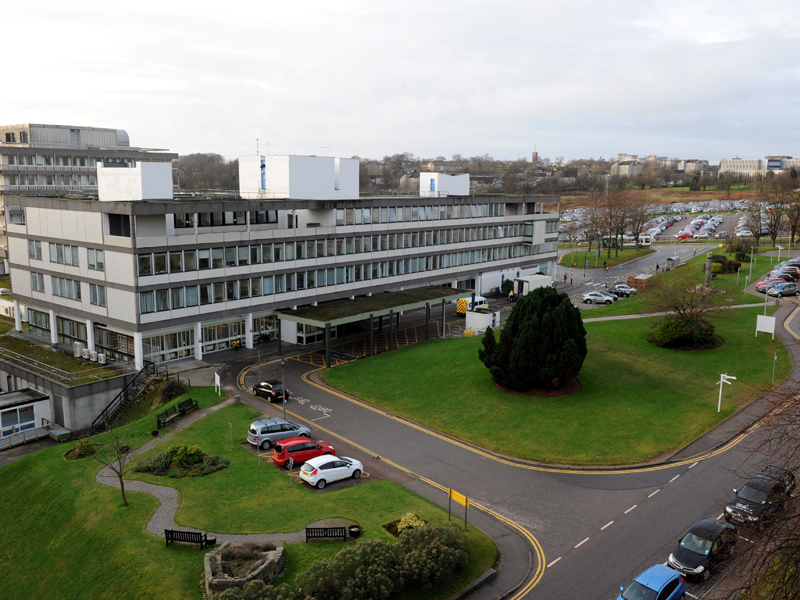Health boards in Scotland have spent more than £500,000 buying maggots and other bugs since 2009.
NHS Forth Valley spent the most on the creatures at £76,454, NHS Grampian forked out £68,512 while NHS Highland have not disclosed their figures.
According to doctors, ‘medical grade’ maggots have proved to be an effective means of treating wounds that are difficult or impossible to treat with drugs.
Around 300 of the bugs, which are the larvae of the greenbottle fly, can clean a badly infected wound in around three to five days while leaving the healthy tissue untouched.
As well as eliminating infections and reducing healing times, it has the added benefit of patients spending less time in hospital and freeing up more beds for others in need.
An NHS Grampian spokeswoman said: “Our department of tissue viability have used larvae therapy since 1995 and our use has increased since the development of our telehealth service.
“We use larvae to remove dead tissue from wounds, this method reduces the risks to the patient from infection and can in some cases avoid surgery.
“Since the development of our telehealth service we have been able to review patients via the system and prescribe larvae which are sent to the staff caring for the patient anywhere in Grampian and we can monitor the progress remotely.
“Larvae can usually reduce the time it takes to clear the wound bed of dead tissue by weeks in most cases.”
Leeches are also being use to bring down swelling following plastic surgery or transplants, and Manuka honey is frequently used in the treatment of burns.
Ewan Murray, marketing manager at BioMonde who supply maggots for NHS Grampian, said: “We very, very rarely have anyone refuse because they are squeamish.
“It’s often the staff who have concerns. The patients are usually more than happy to try anything because the type of wounds being treated can be a long-term problem.
“Greenbottle fly larvae are used because they are particularly fond of dead human tissue. They don’t eat it as such – maggots don’t bite. They secrete fluids which dissolve the tissue and then they hoover it up.”
Thousands of patients have undergone larvae therapy on the NHS and most have reported side effects no worse than minor pain, or occasionally being able to feel a slight tickling sensation from the bugs moving around.
